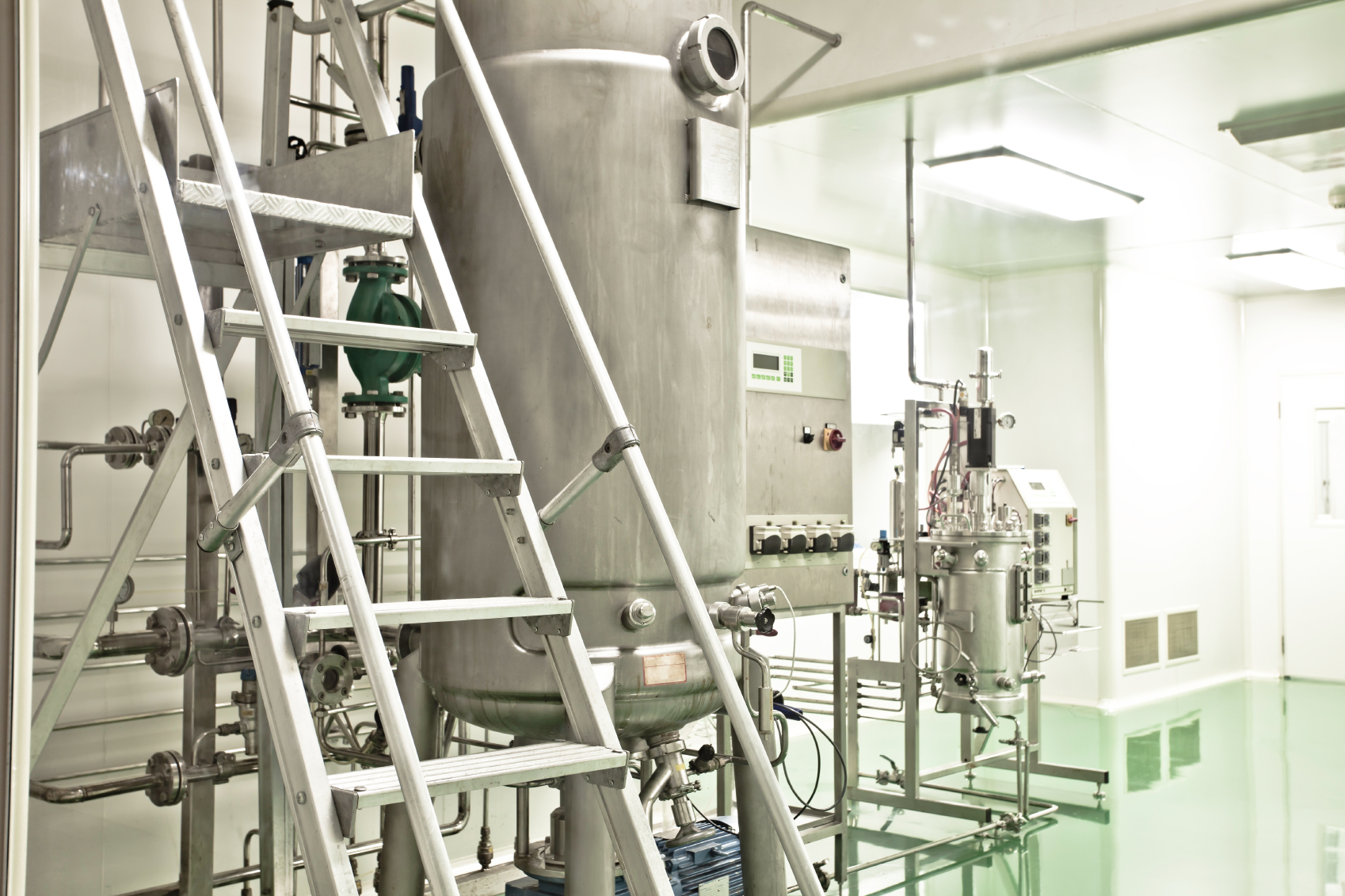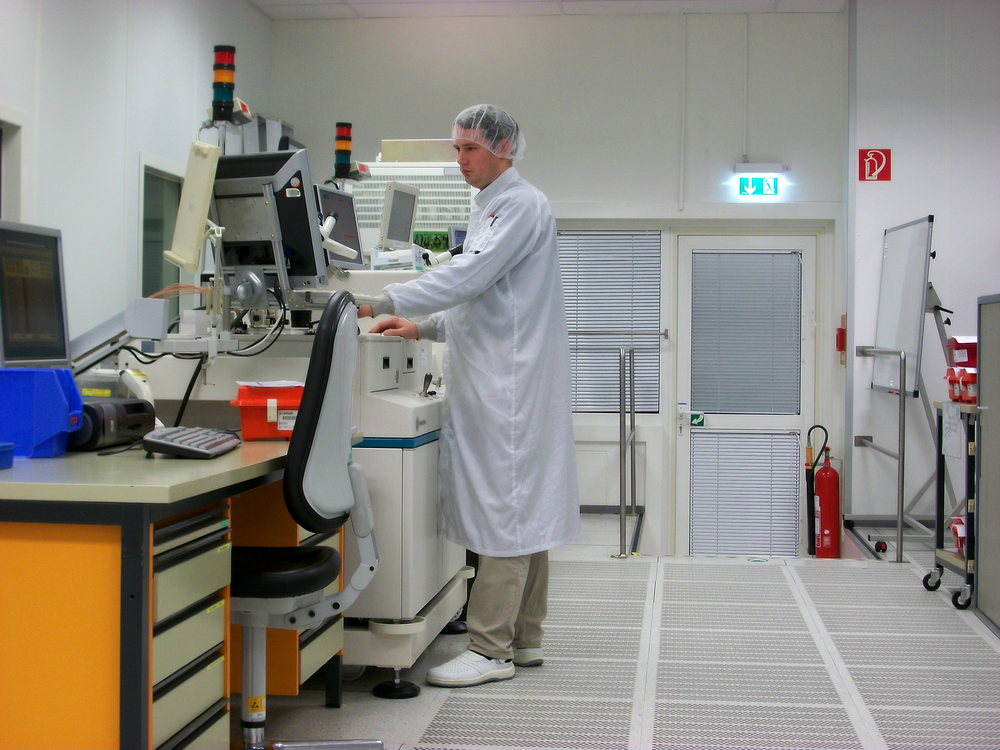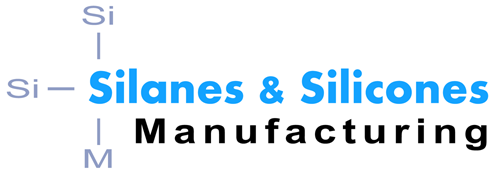Why Silicon?
Organic chemistry is the chemistry of carbon and carbon compounds. The number of carbon compounds far exceeds that of all other elements put together. Carbon chemistry is the chemistry of life. All life is based on the ability of carbon to form many stable bonds with other elements to produce long chain molecules. Because of its medium electronegativity and the small atomic size, carbon can form very stable bonds with other carbon atoms to produce a huge array of complex and branched molecules, giving rise to complex life.

Silicon is in the same group on the Periodic Table as carbon just one element down and so behaves in a similar way as carbon. Such as, it will form stable tetravalent bonds with tetrahedral molecular geometry but silicon compounds do exhibit significant differences in chemical reactivity and behaviour when compared to analogous carbon compounds. Opening up specific areas of chemistry that can utilise these unique and useful characteristics. Carbon-Silicon bonds are naturally absent in nature. Silicon is more electropositive than carbon and typically does not form stable double bonds but bonds with reactive moieties, such as chloro, hydroxyl, alkoxy, amine, etc, to give reactive compounds that exhibit more inorganic behaviour than organic.
A silicon molecule can be synthesised to have both a reactive organic and reactive inorganic aspect on the same compound giving dual reactivity. This unique nature of silane chemistry to have both organic and inorganic reactivity on the same molecule has opened up many industrial applications, for use as coupling agents between inorganic surfaces and organic substrates and as adhesion promoters and as cross-linkers. Silanes made with reactive inorganic functionality and non-reactive long chain groups are used in various surface technology applications, such as low surface energy coatings and in reverse phase chromatography. Si-O bonds are much stronger (809 kJ/mol compared to 538 kJ/mol) than the analogous C-O bond.
The favourable formation of Si-O bonds drives many organic reactions, like the Brook rearrangement and Peterson olefination. The Si-O bond is even stronger than the Si-F bond. This unique chemistry has allowed for the development of a whole area of synthetic chemistry, that of silicone chemistry. Silicone elastomers can be formed to work in extreme environments and provide superior characteristics to that of organic elastomers. The Si-O and Si-F bonds are also longer and can allow for the transportation of oxygen molecules giving rise to oxygen permeable membranes and applications in biomaterials, such as contact lenses and intra-ocular lenses. Another unique characteristic of silane chemistry is the bond strength. Carbon-silicon bonds compared to carbon-carbon bonds are longer and weaker, with a bond dissociation energy of 451 kJ/mol compared to 607 kJ/mol. The Si-C bond can be broken more readily than the typical C-C bond. This has opened up a unique application in multi-step chemical and pharmaceutical production. That is the use of silanes as protecting agents, to protect reactive groups during multi-step chemical synthesis.
Rochow Process - Silicon metal to Chloro-Silanes
- This is the most common method of producing silanes on an industrial scale. The process involves a copper catalyzed reaction of methyl chloride with finely milled elemental silicon metal in a fluidised bed reactor. The main product produced is Dimethyldichlorosilane, about 80%, but also a variety of other useful chlorosilanes are produced as well, such as Trimethylchlorosilane. The various chlorosilanes are then separated by large scale fractional distillation.
- The main silane produced, Dimethyldichlorosilane is then further reacted, initially by hydrolysis and then dehydration to produce the precursors needed for silicone manufacture. Other silanes produced, include Trimethylchlorosilane, Methyltrichlorosilane and Silicon tetrachloride all have important applications and uses in synthetic chemistry.

Hydrosilylation
- Hydrosilylation of unsaturated bonds, typically olefins, alkenes, ketones, usually proceeds via anti-Markovnikov addition. That is the silicon is placed at the terminal carbon when hydrosilylating a terminal alkene. Hydrosilylation offers numerous unique advantages in synthesis, such as high yields and stereoselectivity. These reactions require a catalyst, typically this is performed using a platinum catalyst, such as Speier's Catalyst or the now more common Kardstedt Catalyst. This reaction commonly follows Chalk-Harrod and modified Chalk-Harrod mechanisms. Other more exotic platinum catalysts are available, such as Ashby-Kardstedt Catalyst & Ossko Catalyst, typically to give greater yields or enhanced stereoselectivity. Alot of work recently has been devoted to developing alternative metal chelate catalysts using less expensive metals. At present some are now being utilised but platinum catalysts are still the preferred option.
Grignard Synthesis
- A Grignard reagent is a compound with the formula R-Mg-X, where X is a halogen, and R is an organic group, typically alkyl or aryl. Two common examples are Methymagnesium chloride and Phenylmagnesium chloride. These compounds are extremely reactive solids, so tend to be held in solution, typically in solvents like diethylether or tetrahydrofuran. These solutions are stable if moisture is excluded typically by using molecular sieves. These reagents are popular in organic synthesis for creating new carbon-carbon bonds. The magnesium halide byproduct is usually insoluble in the solvent used and typically falls out of solution for easy removal by filtration.
Why Us?
We are chemistry Led! We do not hide behind trade names or datasheets that don't tell you what you are using. We give straight forward advice and help to our customers in developing new products, new applications or modifying their current process. If you are looking for a reliable, cheaper, UK based alternative supplier for a silane that you currently use or looking to enhance and develop your current process than we would be happy to hear from you. We have several decades of experience in this specific area of chemistry and know how to handle these materials properly and how to utilise them properly.
We don't go to trade shows or have teams of sales people, we keep our costs low so we can pass them onto our customers.
ISO9001 for many years
DGSA on site.
If you use silanes or reactive silicones then please contact us on the below,
Tel: +44 161 442 2727
E-mail: info@advancedpolytech.com
